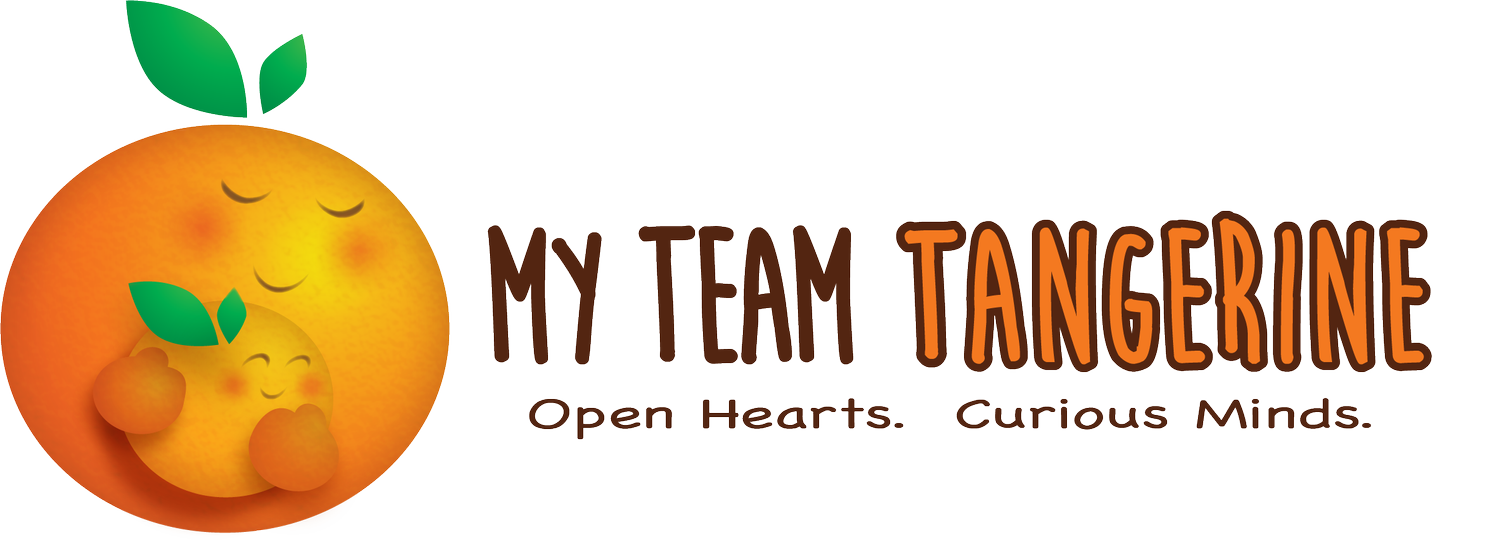Emotional Roller Coaster: Navigating Children’s Emotions
Days with your children can feel like an emotional roller coaster with highs of laughing and giggling to lows of tantrums and crying. These highs and lows can happen within a span of minutes. Emotions are part of the human experience. As parents, we have an opportunity to be role models for healthy emotional expression and regulation and to guide our kids when they’re experiencing strong emotions.
What is an emotion? It is body sensations and thoughts that happen based on our beliefs based on a situation or experience. Check out our FREE list of emotions and body sensations.
Here is an example of how a child may react to conflict:
1. My brother touched my toys. (The experience/situation)
2. He shouldn’t be touching things that are not his. (The belief)
3. I feel angry. (The emotion)
4. I hate he has touched my stuff. (The thoughts and perspective)
5. My body feels hot, and as I clench my jaw, I yell at him to never touch my stuff again. (The body sensations and reaction)
During the above scenario, the child is not consciously responding to the situation. The child is reacting. To change the reaction to a healthy response, children need to see healthy emotional expression and regulation from the adults around them. Children also usually need guidance and support to train their bodies and mind to respond versus reacting to emotions. This takes practice and not just for children, but adults too. Here are steps in developing children’s emotional expression and regulation skills:
1. Have conversations talking about emotions when your child is calm. Reading a picture book and then discussing the character’s situation and their emotions is a great way to do this. Check out our FREE conflict and peaceful resolution scenarios. You can also purchase more at our online Store.
2. Ask your child how they are feeling. And share how you are feeling on a regular basis, not just during moments of heightened negative emotions. Good times to talk include during meals, car rides, and in between activities.
3. When emotions are intense, the mind cannot think logically. Use a code word like “flooded” or the name of a color to develop awareness when emotions are too high in order to de-escalate the situation. For example, if two children are arguing, one of them could say, “I am flooded,” - letting everyone know that that child needs time to feel their feelings and calm down before further talking.
4. Discuss and encourage coping activities that help the child feel their feelings and calm down. Check out our FREE calming activities printable. Do your best to have you and your child participate in calming activities regularly, if possible daily. This habit will make it easier to use the activities when difficult emotional times come up.
5. Discuss healthy expressions of emotions with your children. This includes developing a healthy vocabulary of emotions and body sensations. Also, encourage the use of “I feel” statements versus “you” statements. This helps your child focus on how they feel.
6. Lastly, create a safe environment and spaces for your child to calm down and express their feelings.
As parents, our children rely on us to be present while they weather the storm of their emotions. Here are tips to help navigate your child’s emotions.
★ First, manage your own emotions. If you are feeling frustrated or angry, calm down first. You can take deep breaths, take a 3 to 5-minute meditation break or ask your partner to step in while you calm down.
★ You are not in charge of making your child feel better when they are experiencing unpleasant emotions. You are there to listen, encourage and support them while they let their feelings pass.
★ Wait until you and your child’s emotions pass before making any decisions. This way, you know that you are both thinking clearly.
★ Do not be scared to get help. Getting help when you need it means you are being a good parent.
★ Lastly, Mistakes are okay. The important part is learning from them.
Interested in learning more listen to My Team Tangerine Podcast Season 1Episode 2 about children’s emotions.




